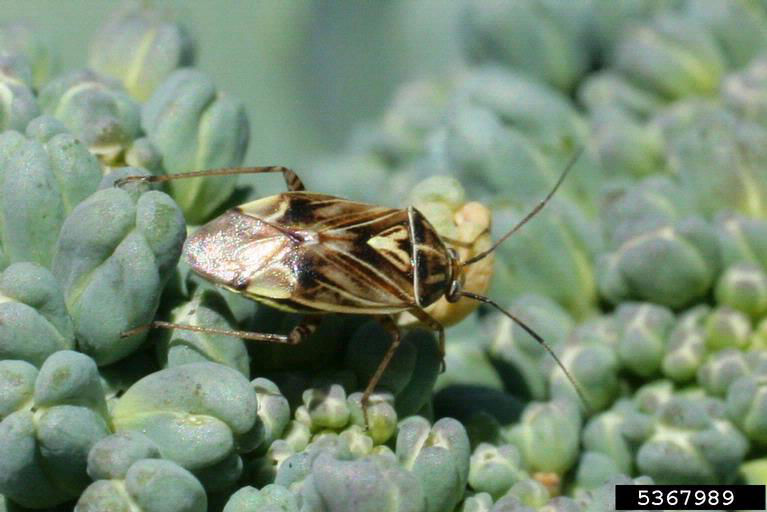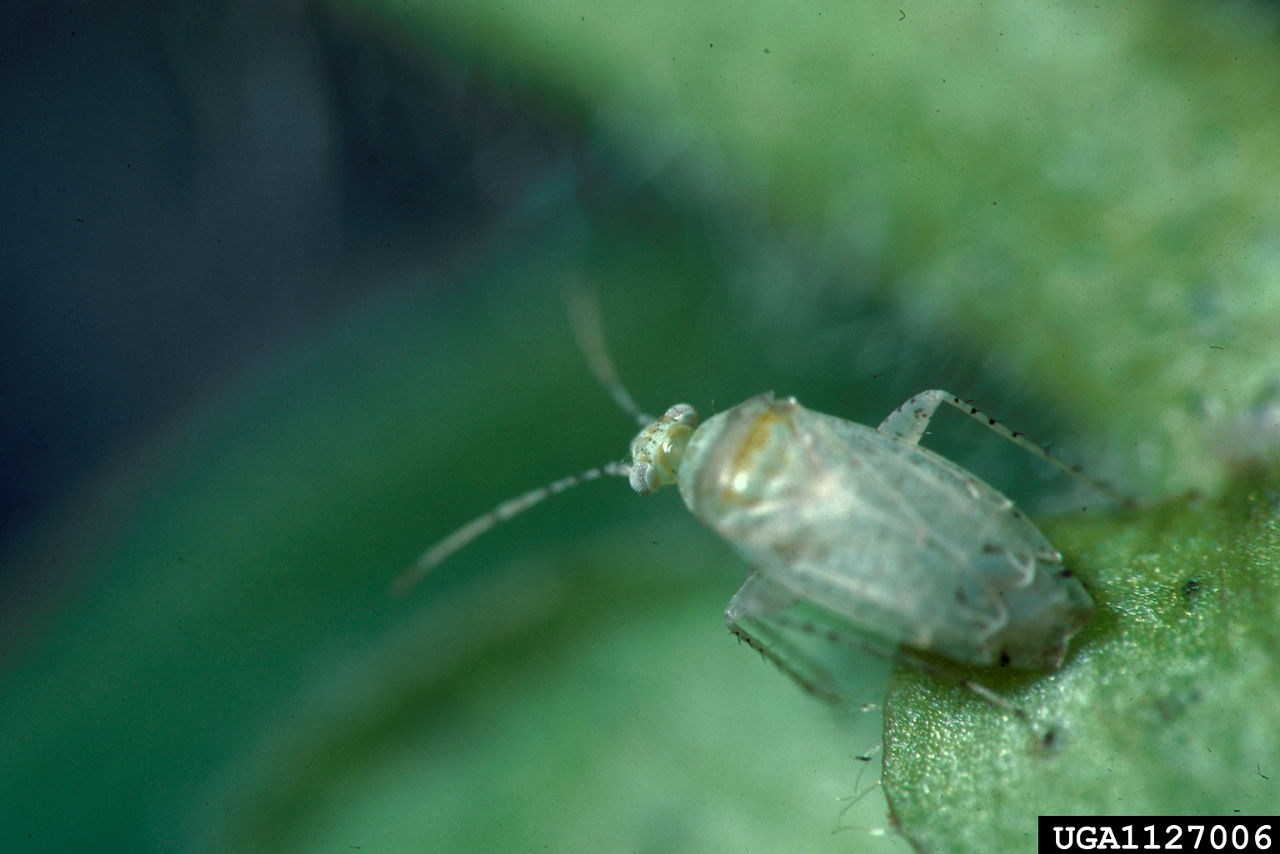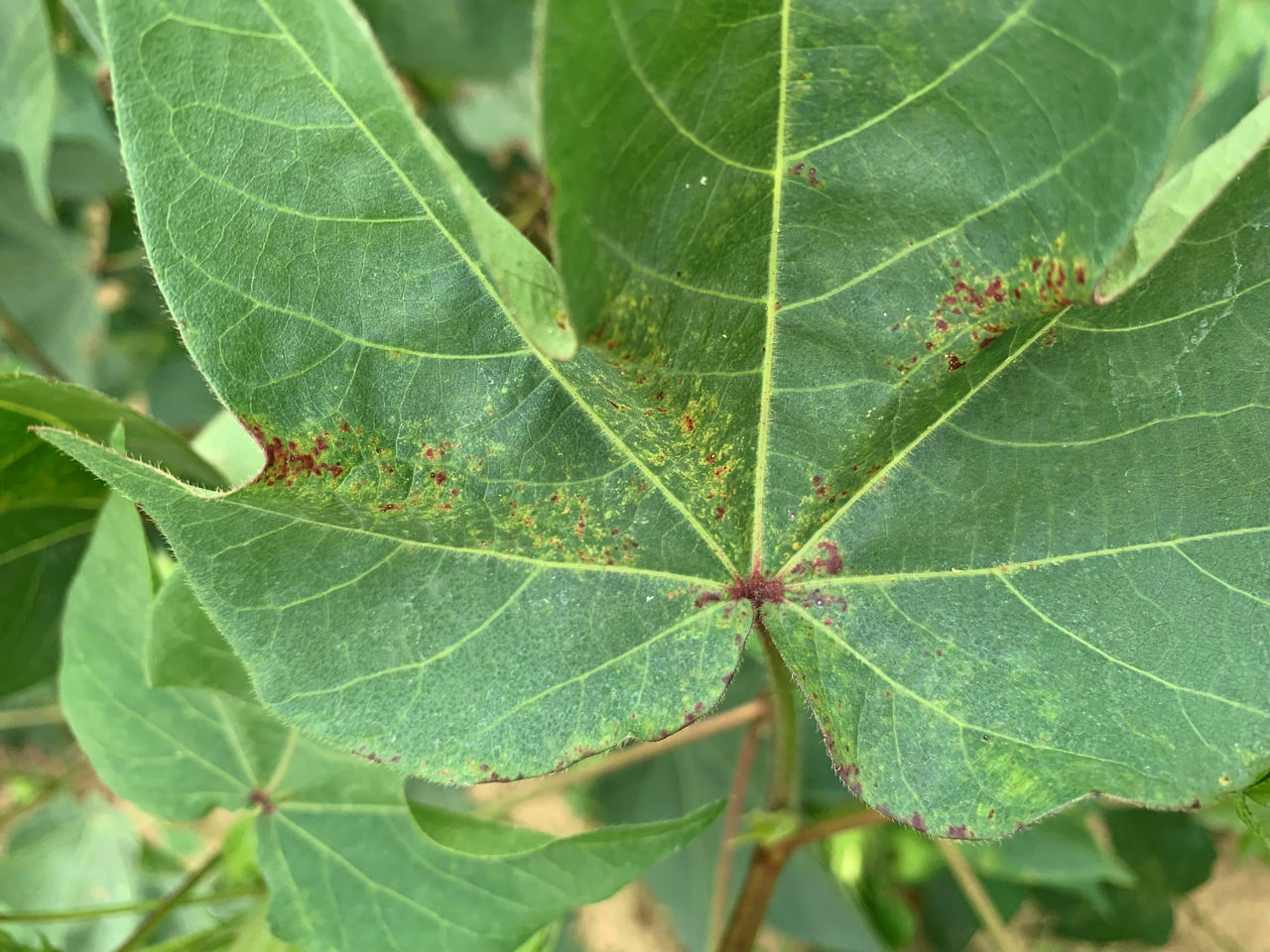10 MIN READ
Early-Season Insects in Cotton
April 13, 2022
Insects can slow early-season cotton growth, reduce stands, delay fruit set, all of which may lead to loss of yield potential.
Scouting is necessary to find, identify, and determine population levels of early-season insects that may damage cotton.
Growers should use both preventative and responsive integrated pest management tactics to reduce the risk of economic injury because of early-season insects that may exceed economic injury levels.
Early-season insects may be a pest of cotton in all agronomic conditions but can be more prevalent in weedy fields with a history of insect damage. Additionally, increased risk of early season insect injury may occur under reduced tillage systems, fields with uncontrolled weedy borders, and/or a crop that is under stress. Insect damage can be manifested by curled leaves, chlorosis (yellowing), leaning or wilting seedlings, and injury to the terminal bud. Intensive and comprehensive crop scouting is the major tool farmers have to identify insect injury quickly allowing time to implement control tactics if insect populations exceed the treatment threshold.
Management tactics
Weed control. Some weeds are alternative hosts for insects attacking cotton, so reducing weed populations three to four weeks prior to planting helps reduce insect populations prior to seedling emergence.
Tillage. Reducing the previous crop residue in which some insect pests can reside, weed destruction, and direct exposure of insect pests are some of the benefits of tillage in managing early season insect pests.
Seed treatments. Insecticide seed treatments can help reduce damage to young seedlings by early-season insects, including thrips and aphids.
Insecticide applications. Insecticides can be applied in-furrow at planting or as a foliar spray in-season. Insect pressure can vary by year and by field; therefore, insecticide application should be based on scouting observations, and not by a pre-determined schedule. Apply during the most susceptible stage of insect development and be mindful of preventing resistance.
Scouting. Effective cotton insect control relies on frequent and thorough scouting. Fields should be scouted every 4 to 5 days with enough time spent in the field to accurately assess insect populations and stages. The objective is to avoid unnecessary insecticide applications and time applications correctly. Allot time for additional field checks to account for possible increased insect pressure.
Beneficial agents. Lady beetles, spiders, minute spider bugs, parasitic wasps, and insect fungal diseases help control inspect pests. It is important to identify these beneficials correctly in the field and understand what insect pests they help to reduce to avoid unnecessary insecticide application.
Economic thresholds. Economic thresholds are the point at which insect density requires action to prevent economic loss. It is important to apply insecticides based on scouting and threshold levels to reduce costs and loss of beneficial insects. Thresholds can vary for several reasons including insect species, crop development stage, yield potential, treatment cost, market price, secondary pests, and other considerations. Use local thresholds recommended by state extension specialists along with on-farm considerations.
Identification and Damage Symptoms of Early-season Cotton Insects1,2
Click on the insect to learn more
Sources
1Allen, K., Luttrell, R., Sappington, T., Hesler, L., and Papiernik, S. 2018. Frequency and abundance of selected early-season insect pests of cotton. Journal of Integrated Pest Management, Volume 20. 1–11 pp.
2Knutson, A. 2018. Cotton Fleahopper. Texas A & M University Extension. https://extensionentomology.tamu.edu/insects/cotton-fleahopper/
1415_8901






